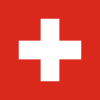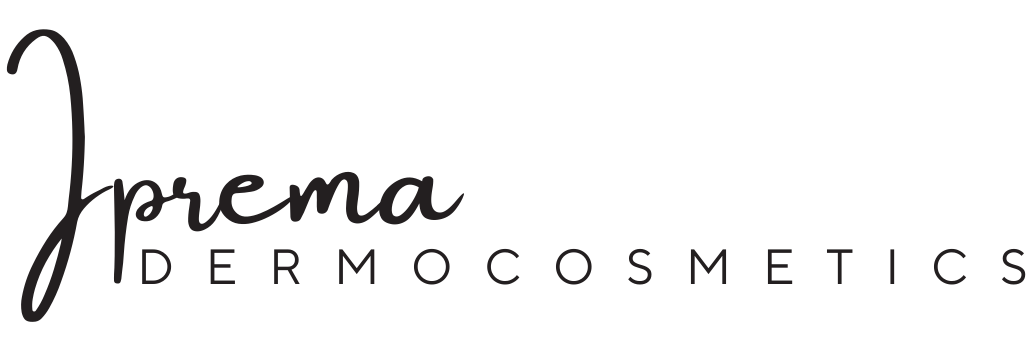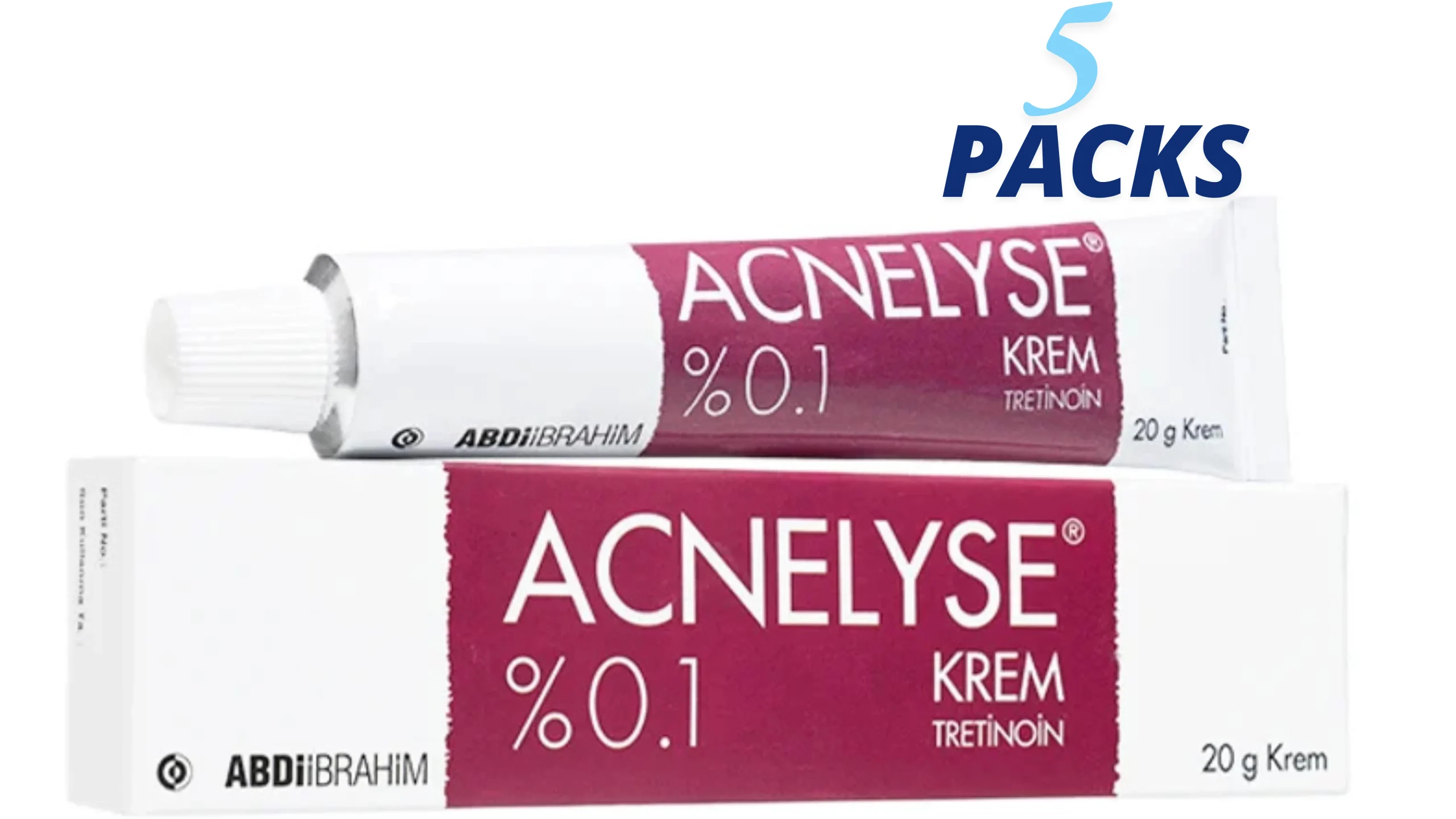Acnelyse Cream TRETINOIN 0.1% 20g 5 PACK
LONG EXPIRY DATE: Between 2028 – 2029 or Minimum 3 Years
PACKED IN DISCRETE PACKAGING – WE VALUE YOUR PRIVACY
Specification
ACNELYSE Facial Skin Acne Cream Treatment, Fine Wrinkles and Face Damages, Papules and Pustules.
Excellent quality product with great coverage and absorption.
Believed to be the most powerful Tretinoin available anywhere.
Only to be used on pre-conditioned skin.
The Cream is viscous and pale yellow in colour.
Supplied in 20 gram collapsible aluminium tubes, boxed with instructions.
EAN: 8699514355908
Brand: ABDIIBRAHIM
Package includes: 5 Packs of Acnelyse cream 0.1% 20g
Description
Acnelyse cream for the treatment of acne, fine wrinkles, dark spots, or rough skin facial damage caused by sun rays CLINICAL FEATURES Therapeutic indications ACNELYSE is used in the treatment of acne vulgaris associated with comedones, papules and pustules. Posology and method of administration Posology / application frequency and duration: ACNELYSE is applied on the skin once a day at night. With the application, there may be a temporary feeling of warmth and stinging on the skin. If necessary, the dose that the patient will tolerate can be adjusted by interrupting the treatment or reducing the frequency of administration. There may be an increase in inflammatory lesions during the first weeks of treatment. This is due to the drug’s effect on the lesions and does not require discontinuation of the drug when tolerated. However, if excessive irritation (redness, peeling or discomfort) occurs, the frequency of administration should be reduced or treatment should be temporarily discontinued. Normal application frequency should be restarted after irritation has passed. If irritation persists, treatment should be discontinued. Treatment results appear after 2-3 weeks, but more than 6 weeks may be required for full benefit. Once the lesions begin to heal, the drug may be used less frequently. Method of Application: ACNELYSE should be applied as a thin layer to the washed and thoroughly dried problematic skin area and gently massaged with fingertips. Patients should wash their hands after applying ACNELYSE. Patients using ACNELYSE can use cosmetic ingredients; However, before treatment, the skin should be thoroughly cleaned. Additional information on special populations: Kidney / Liver failure: No dosage adjustment is required. Pediatric population: There is no data on pediatric use. It is recommended to use the adult dose for children and adolescents aged 12 years and above. It is not known whether it is safe and effective in children younger than 12 years. Geriatric population: No dose adjustment is required. 4.3. contraindications ACNELYSE should not be used in the following situations: Previous hypersensitivity to any of the ingredients in its composition Pregnancy (see Section 4.6) Women with a pregnancy plan 4.4. Special use warnings and precautions It should only be used topically. It should not be used ophthalmic, orally and intravaginally. Topical use may cause local erythema and skin peeling due to irritation to the application site. If local irritation continues with the same intensity, patients should use the drug less frequently; They should be advised to take a temporary break or quit completely. If sensitivity or chemical irritation occurs, treatment should be discontinued. During the use of ACNELYSE, the patient’s contact with sunlight should be minimized. Patients with sunburn should not use ACNELYSE until they have completely recovered. If contact with ultraviolet light cannot be avoided, the use of sun-blocking agents should be recommended. ACNELYSE should not come into contact with eyes, subcutaneous layer, nose edges and mouth. Due to its irritating properties, caution should be exercised when ACNELYSE is applied to sensitive areas of the skin such as the neck and to patients with rosacea or perioral dermatitis. Has been reported to cause irritation in eczematous skin areas; Therefore, it should be used with extreme caution in such patients. Excessive application will not increase the effectiveness and may increase the risk of skin irritation. The use of ACNELYSE is not recommended in children under 12 years of age. Since this medicinal product contains cetyl alcohol and stearyl alcohol, it may cause local skin reactions (eg contact dermatitis). This medicinal product may cause skin irritation as it contains propylene glycol. This medicinal product may cause allergic reactions (possibly delayed) as it contains methyl hydroxybenzoate and propyl hydroxybenzoate. Since this medicinal product contains butyl hydroxytoluene, it may cause local skin reactions (eg contact dermatitis) or irritation of the eyes and mucous membranes. To help reduce skin irritation patients; Wash the treated skin gently using a mild, non-medicated soap and apply the cream while the skin is dry. The treated skin should be avoided not to be washed too often or to rub hard while washing. If there is an uncomfortable dryness, patients should use a topical moisturizer.
Whilst we guarantee original and authentic manufactured products, the content displayed here is not intended to be a substitute for professional medical advice, diagnosis, or treatment. Always seek the advice of your physician or other qualified health provider with any questions you may have regarding a medical condition. We recommend that you read labels, warnings and directions of all products before use and not rely solely on the information provided by IPREMA.































There are no reviews yet.